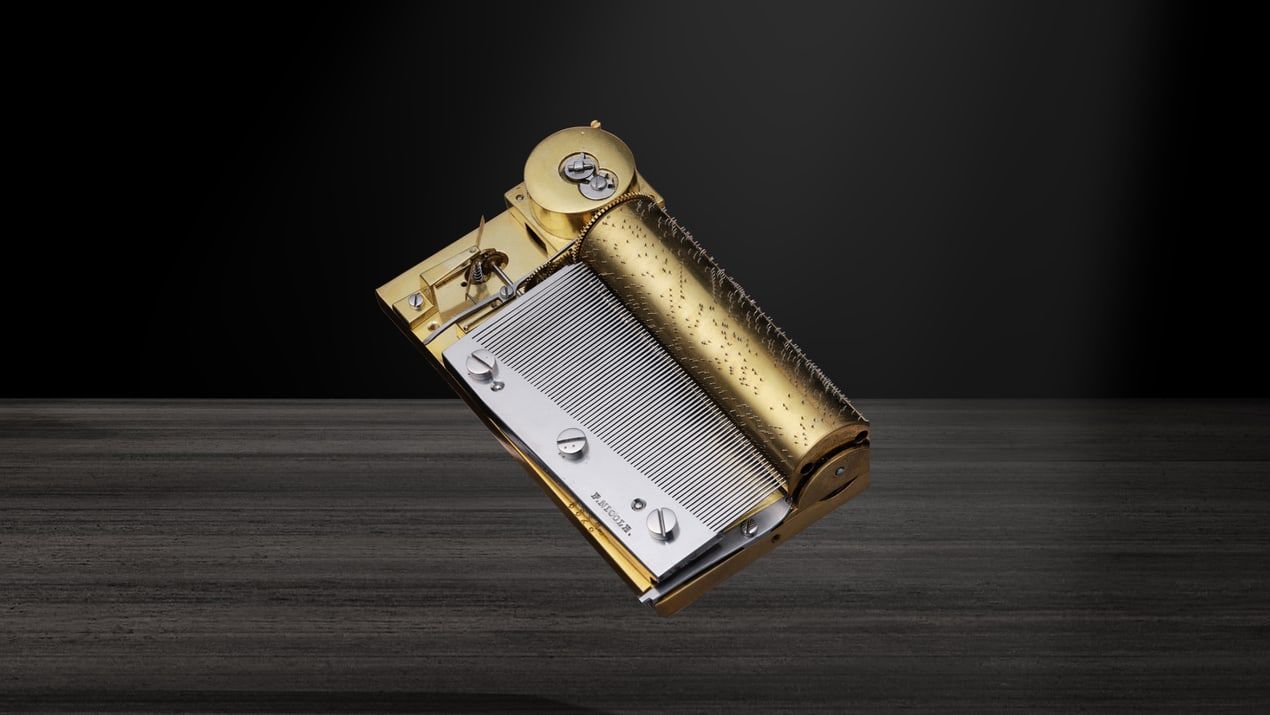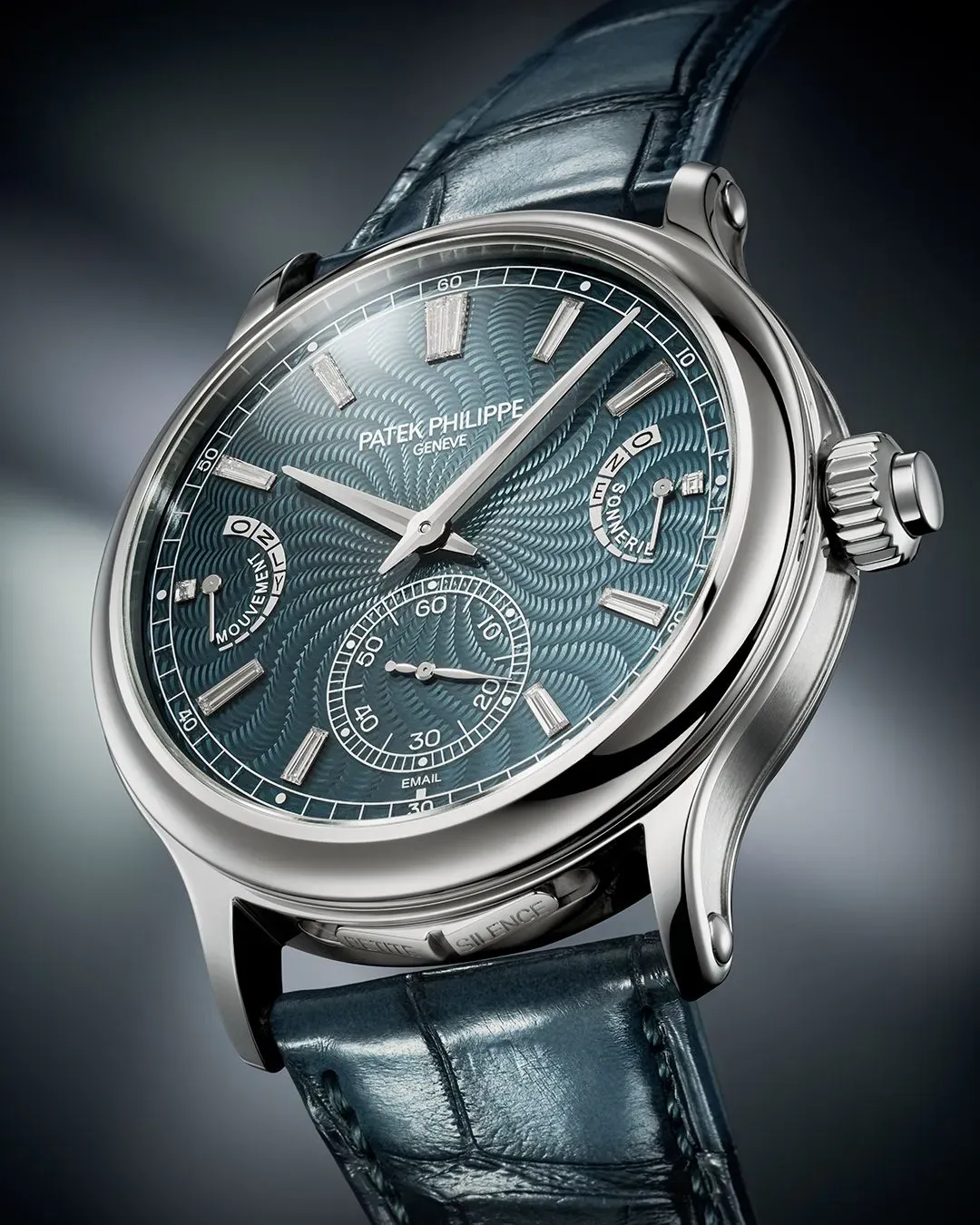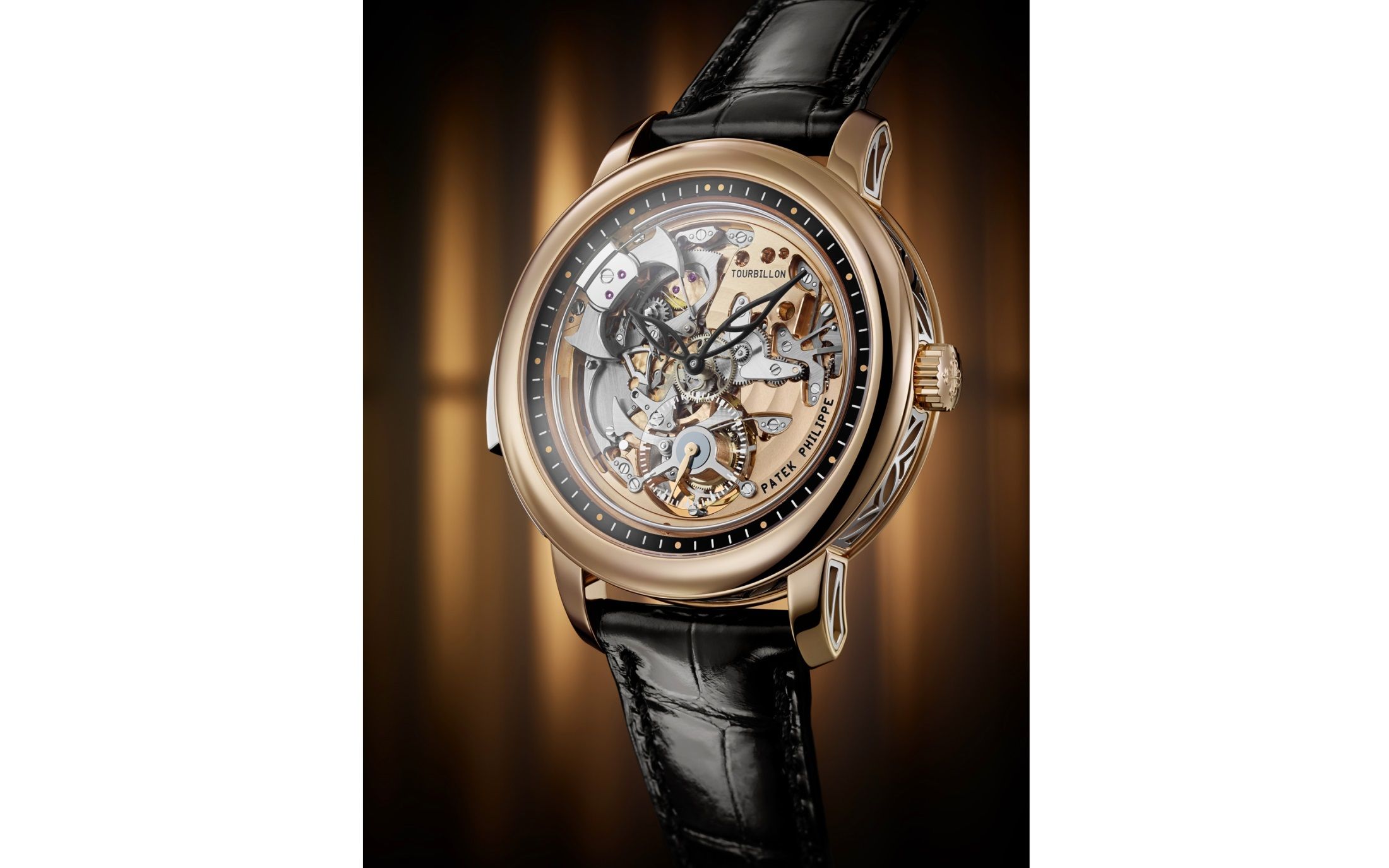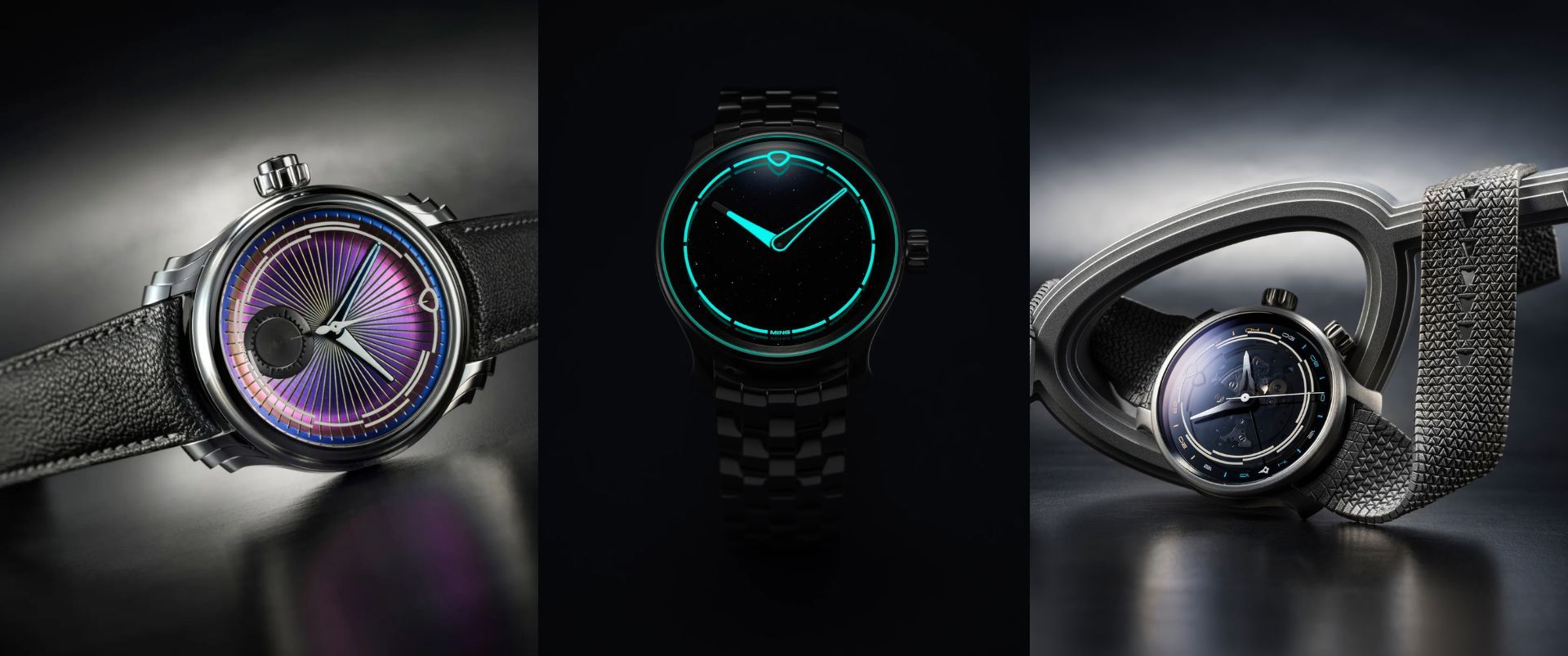Know Your Watches: What Is A Minute Repeater Watch?
In the vast universe of horology, certain complications stand out, not just for their complexity but for their sheer enchantment. Among these, the minute repeater holds a special place. This sophisticated mechanism, with its origins dating back to the 17th century, doesn't just tell time—it announces it with a melodic chime. But what exactly is a minute repeater watch, and why is it considered one of the pinnacles of watchmaking? Let’s delve into the captivating world of minute repeaters.
A Musical History
Their origins of this specimen can be traced back to the end of the 17th century. The first examples of striking watches were “dumb” repeaters, which struck the time on the inside of the case producing a muffled sound and could only be detected if the watch was held in the hand, allowing people such as courtiers, amongst whom they were popular, to discreetly check the time in their pocket during tedious gatherings and royal councils without offending the monarch.

Over time, a bell, usually attached to the inner back cover of the watch, was introduced for the hammer to strike and the first chiming watches were born. Evolution brought forth watches that not only chimed the hours, but also the quarters, half-quarters and five-minute repeaters. The first examples of minute repeaters appeared in the mid-18th century when A.L. Breguet designed a mechanism that would strike the hours, quarters and minutes replacing the bell by a set of coiled wire gongs thereby reducing space and providing different tones. By the late 19th century the minute repeater mechanism had been perfected to its current configuration. Over centuries, the minute repeater evolved from a practical necessity into a symbol of horological excellence and craftsmanship.
How Does a Minute Repeater Work?
At its core, a minute repeater watch can audibly indicate the time to the nearest minute. When a slider or pusher on the watch case is activated, the mechanism springs to life, striking a series of gongs with tiny hammers inside the watch. These gongs produce distinct tones for hours, quarter-hours, and minutes.

The Mechanism: Activating the minute repeater releases stored energy from the mainspring into the repeater mechanism. This energy drives the hammers to strike the gongs in a precise sequence.
Hour Strikes: The watch chimes a low-pitched tone to represent each hour. For example, at 3:48, it will strike three low tones.
Quarter Strikes: Next, the repeater will sound double chimes (a combination of high and low tones) to mark each quarter past the hour. At 3:48, it would chime three sets of double tones (for three-quarters past the hour).
Minute Strikes: Finally, the repeater will chime high-pitched tones for each remaining minute. At 3:48, after the hour and quarter strikes, it will chime three high tones.
Elements Of Minute Repeaters
Creating a minute repeater is a testament to a watchmaker's skill. Each component must be meticulously crafted and assembled with extreme precision. The tuning of the gongs to produce harmonious and clear tones requires a keen ear and a masterful touch. Often, watchmakers spend months, sometimes even years, perfecting a single minute repeater.

Complexity: Minute repeaters are among the most complex watch complications, typically involving hundreds of tiny parts. The assembly and adjustment process requires extraordinary expertise and patience.
Sound Quality: Achieving the perfect sound is an art. The material and shape of the gongs, the weight and design of the hammers, and even the watch case itself can influence the chime's clarity and resonance.
Innovation and Tradition: While minute repeaters are steeped in tradition, modern watchmakers continue to innovate. Contemporary models often integrate advanced materials and technologies to enhance their acoustic performance and reliability.
Patek Philippe And The Resurgence Of Minute Repeaters
By the early 1960s, the tradition of manufacturing minute repeaters had all but died away. Nevertheless Philippe Stern, former President of Patek Philippe, decided to relaunch their production to mark the company’s 150th anniversary in 1989 as well as reintroducing them into its collection of wristwatches.

The research & development team carried out years of extensive work dismantling antique pieces to see what lessons could be learnt from the past allowing them to bring minute repeaters innovatively into the future. During this period, the President personally listened to the chimes of many old minute repeaters and realized that while a minute repeater represents the pinnacle of watchmaking expertise, it is paradoxically the easiest to criticize.
To perfect the sound of minute repeaters, years of development in collaboration with the Federal Polytechnic School of Lausanne (Ecole Polytechnique Fédérale de Lausanne - EPFL) and the Geneva School of Engineering were spent experimenting with alloys and meticulously testing different ratios of elements to find the ideal hybrid metal that would optimize the sound quality of Patek Philippe gongs. Even today, Patek Philippe continues to lead the way in the production of minute repeaters - every single one of which is personally checked by the President before leaving the workshops.

Why Minute Repeaters Matter
Anthony de Haas, Director Product Development at A. Lange & Söhne, and a passionate drummer, accurately sums up the allure of the minute repeater saying, “Every minute repeater has its own, one-of-a-kind sound. Apart from the gongs and gong hammers, the case material has the greatest impact on the sound. Similar to a musical instrument, different tone colours and sound impressions are created, depending on the material used.”

In a world dominated by digital precision, the minute repeater represents a bridge to the past—a celebration of human ingenuity and craftsmanship. Each chime is a reminder of the artistry and patience that define high-end watchmaking. Owning a minute repeater is not just about telling time; it’s about experiencing time in a uniquely personal and tactile way. Minute repeaters are more than just watches; they are wearable symphonies, each one a testament to the ingenuity and passion of its maker. Whether you're a seasoned collector or a horological enthusiast, the allure of a minute repeater is irresistible. It’s a complication that speaks to the heart, resonating with the timeless beauty of mechanical artistry.
No articles found





